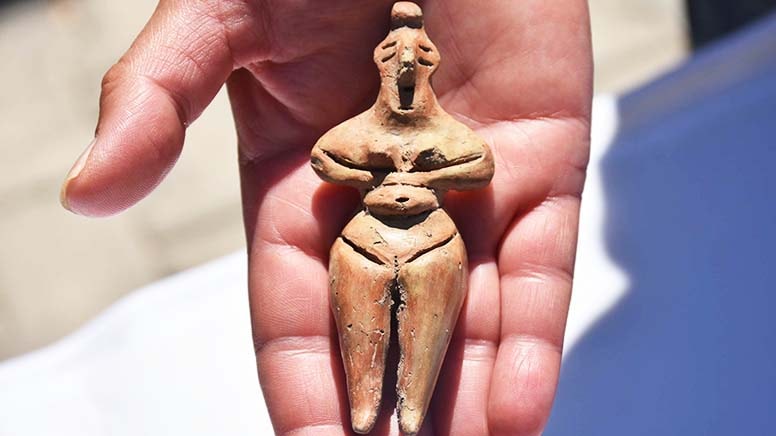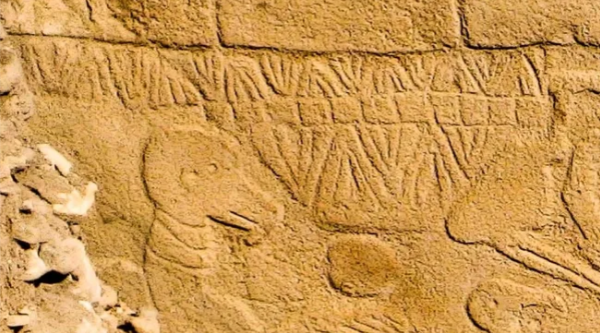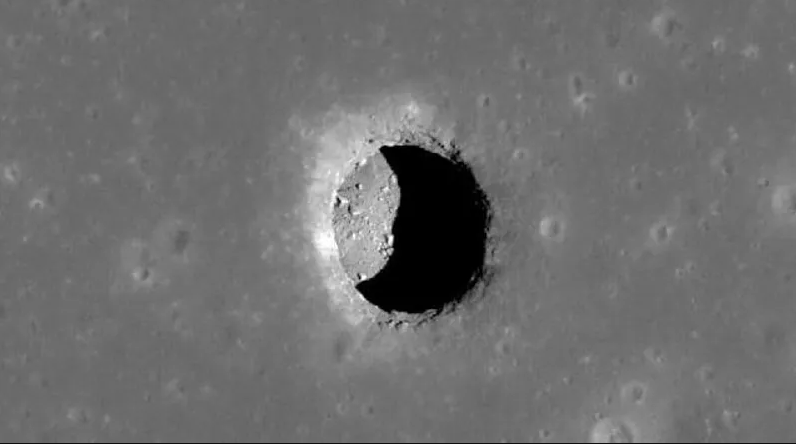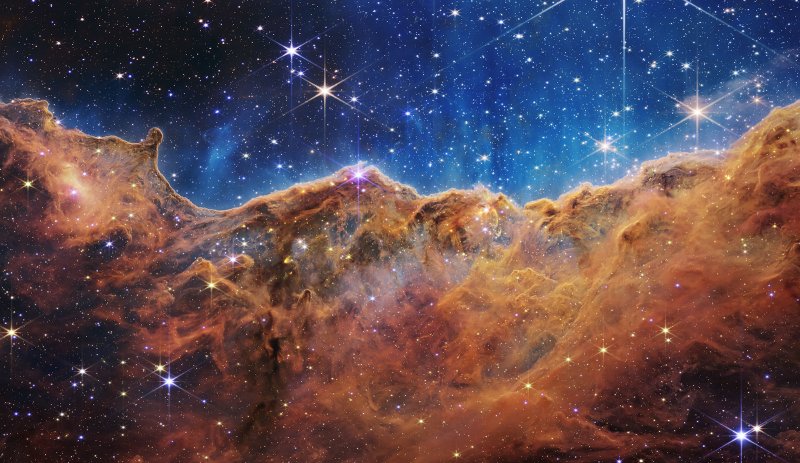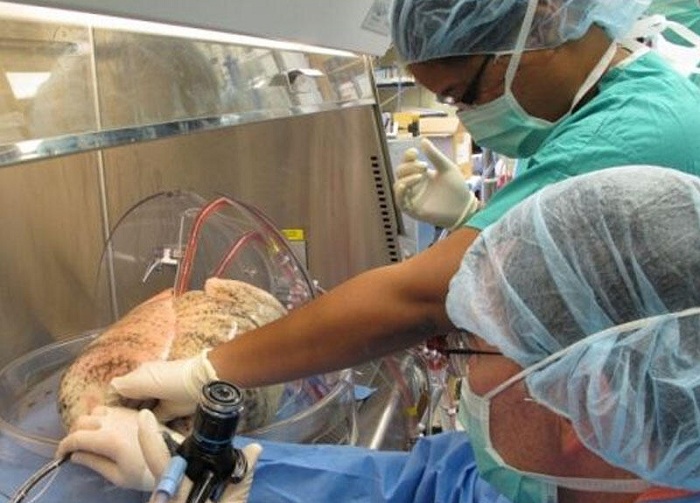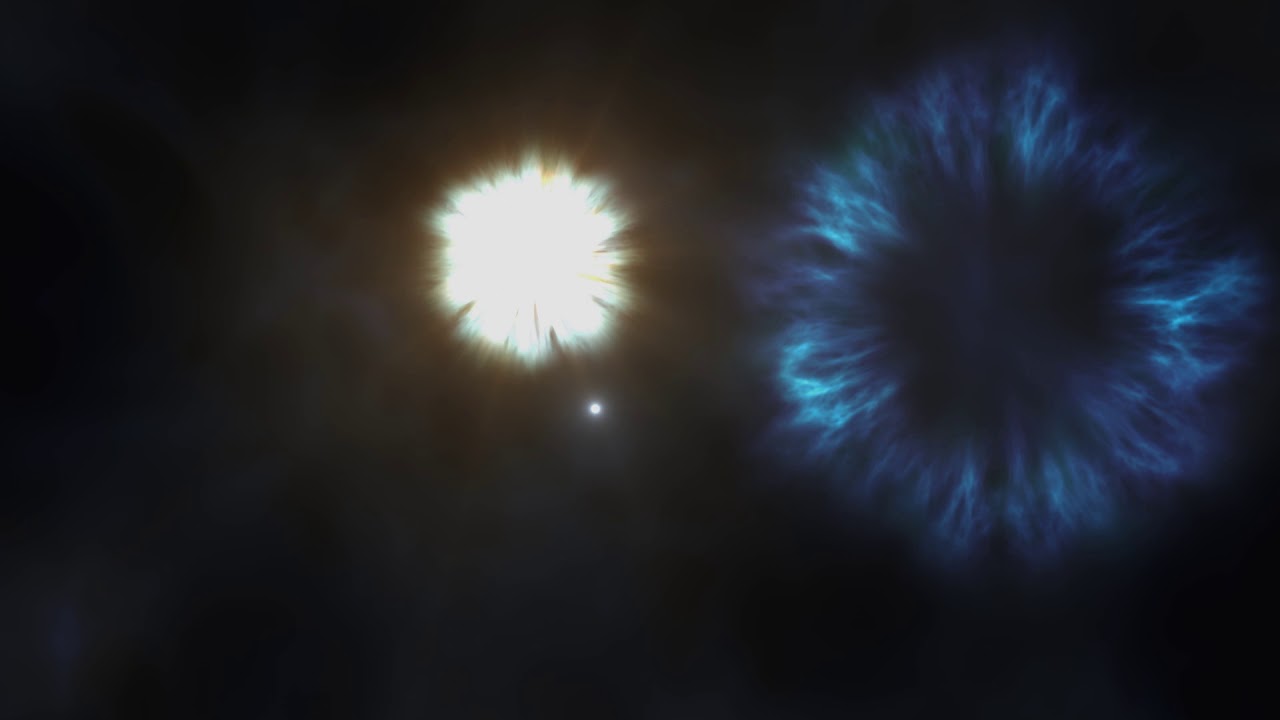
- A-
- A
- A+
Astronomers detect large amounts of oxygen in ancient star's atmosphere
An international team of astronomers from the University of California San Diego, the Instituto de Astrofísica de Canarias (IAC), and the University of Cambridge have detected large amounts of oxygen in the atmosphere of one of the oldest and most elementally depleted stars known—a "primitive star" scientists call J0815+4729.
This new finding, which was made using W. M. Keck Observatory on Maunakea in Hawaii to analyze the chemical makeup of the ancient star, provides an important clue on how oxygen and other important elements were produced in the first generations of stars in the universe.
The results are published in the January 21, 2020 edition of the The Astrophysical Journal Letters.
"This result is very exciting. It tells us about some of the earliest times in the universe by using stars in our cosmic back yard," said Keck Observatory Chief Scientist John O'Meara. "I look forward to seeing more measurements like this one so we can better understand the earliest seeding of oxygen and other elements throughout the young universe."
Oxygen is the third most abundant element in the universe after hydrogen and helium, and is essential for all forms of life on Earth, as the chemical basis of respiration and a building block of carbohydrates. It is also the main elemental component of the Earth's crust. However, oxygen didn't exist in the early universe; it is created through nuclear fusion reactions that occur deep inside the most massive stars, those with masses roughly 10 times the mass of the Sun or greater.
Similar News
Links
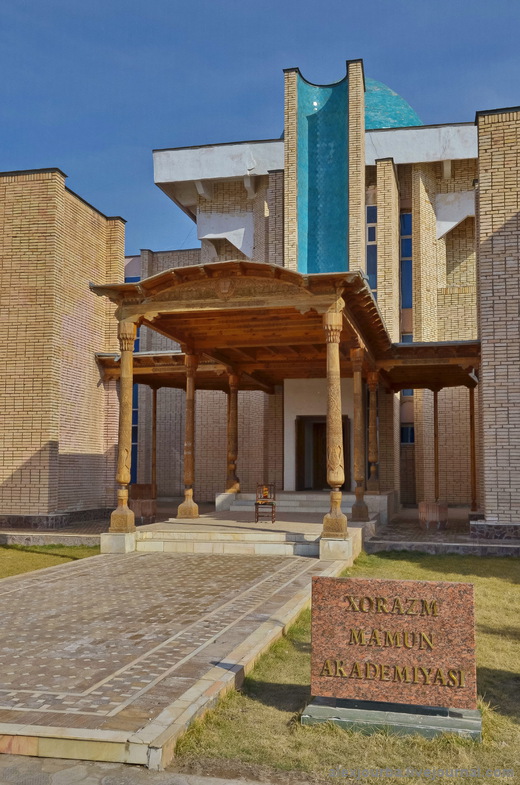


 Elm TV
Elm TV
 Photo
Photo
 Video
Video
